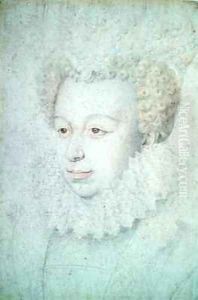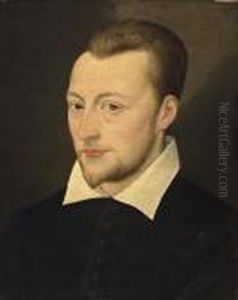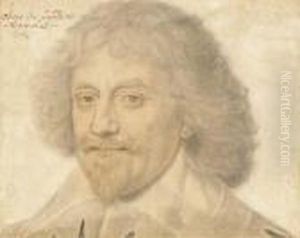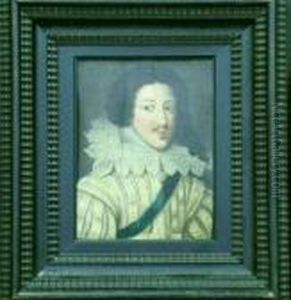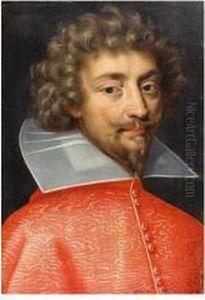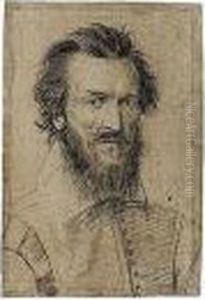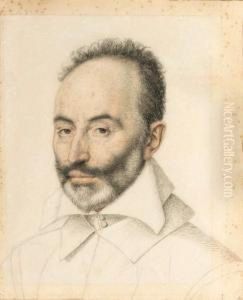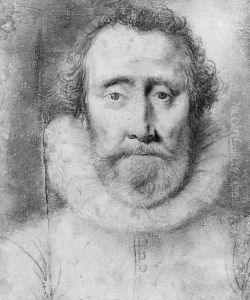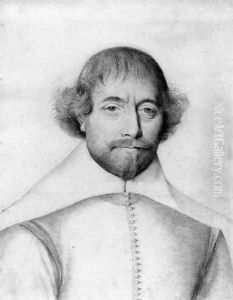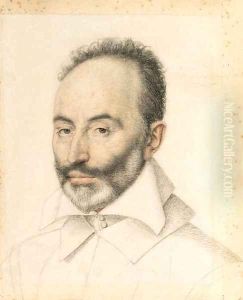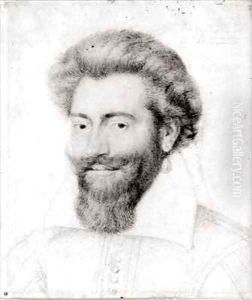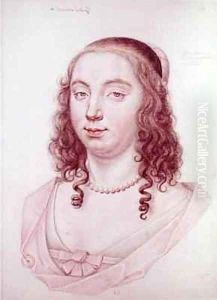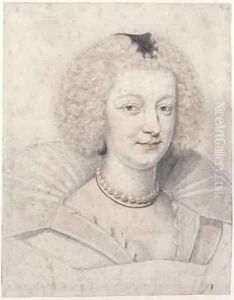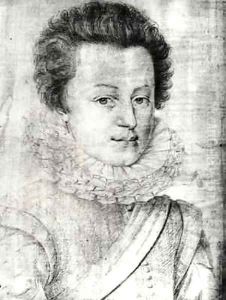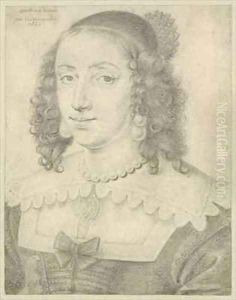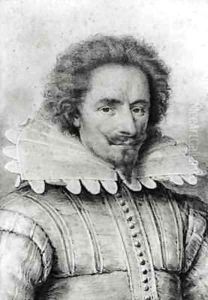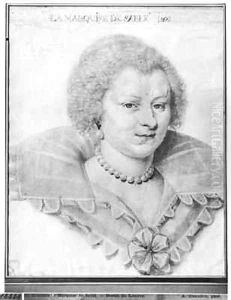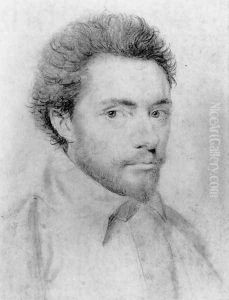Daniel Dumonstier Paintings
Daniel Dumonstier was a French artist known for his detailed and expressive chalk portraits. Born into a family of artists in 1574, he was the son of Pierre Dumonstier I, who was also a noteworthy artist of his time. Daniel became particularly renowned for his skill in capturing the character and nuances of his subjects' faces, which made him a sought-after portraitist among the French nobility and the royal court.
Dumonstier's career flourished under the patronage of Marie de' Medici and King Louis XIII. He became the official portraitist for the queen, and his work provides a unique visual record of the faces of many significant figures from the French aristocracy and intellectual circles of the early 17th century. Unlike many of his contemporaries who painted large and grandiose history paintings, Dumonstier focused primarily on the intimacy of the portrait genre, utilizing pastels and red and black chalk to bring forth the vitality and individuality of his sitters.
His portraits are notable for their realism and psychological depth, capturing not only the physical likeness but also the mood and personality of the individuals he depicted. The artist's attention to detail, the rendering of textures such as lace and fabric, and the subtle gradations of tone in his work showcase his mastery of the chalk medium.
In addition to his individual fame, Daniel Dumonstier was part of a dynasty of artists, with his brothers and other relatives also contributing to their collective reputation. His body of work was influential in the development of French portraiture, and it contributed to the evolution of the genre by emphasizing the importance of personal expression and psychological insight.
Daniel Dumonstier's legacy is preserved through his portraits, which can be found in various art collections, including the Louvre Museum in Paris. He continued to work until his death in 1646, leaving behind a substantial portfolio that offers a window into the society and individuals of his time.
